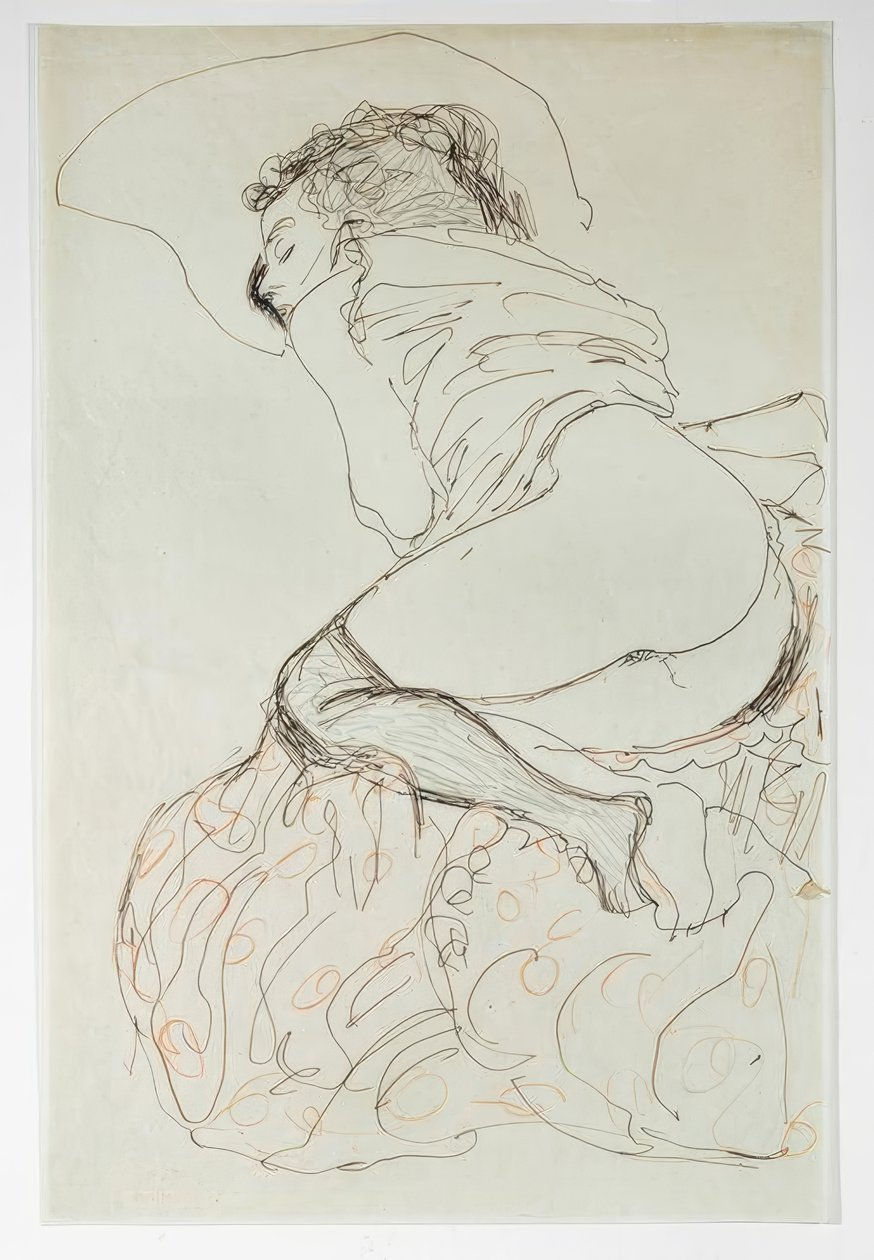Klimt, Schiele and de Chirico: Vienna Sets the Stage for Modern Art at Auction on November 18 . Dorotheum
- Vittoria

- Nov 16
- 3 min read
On November 18, 2025, Vienna becomes once again the heartbeat of the European art market. Dorotheum, the most veteran of the continent’s auction houses, opens its fall season with a Modern Art sale that reads like a catalog of cultural memory. This isn't just an auction — it's a curated journey through the tension and poetry of early twentieth-century art, where the excitement of bidding meets the deep roots of art historical evolution.
With 130 lots spanning the Viennese Secession, Italian Metaphysics, and the most sought-after names of European modernism, the sale invites collectors, dealers, and curious minds to engage not only with objects, but with ideas.
The Lasting Pulse of the Viennese Secession
Vienna protects its icons. Gustav Klimt and Egon Schiele return to the room in works that remind us why their legacy still shapes contemporary collecting.
Klimt’s Aufgestützt liegender Halbakt (1904), estimated €80,000–120,000, is no mere study — it is intimacy turned into line. One almost hears the fabric of time stretch around that reclining body, rendered with Klimt's signature fusion of sensuality and intellectual charge.

Schiele’s presence, though, is seismic. The undisputed top lot, Kauernder Rückenakt (Crouching Nude, Back View, 1917) at €1.8–2.5 million, comes from the legendary Lederer collection and brings all the bold tension of Schiele’s late production. Gouache applied in raw strokes, a figure trembling between introspection and exposure. It's difficult to look away.

Another sheet, Frau auf Knien und Ellbogen (1914), estimated €180,000–250,000, shows an even more experimental side — the body broken down into form and tension, like an inner architecture laid bare.
The Metaphysical Turn: Giorgio de Chirico
Dorotheum’s Modern Art sale also spans the Italian avant-garde with emotional precision. Giorgio de Chirico stands at its core — a bridge between memory and enigma.
Chevaux devant la mer (1927), estimated at €600,000–800,000, embodies his mature dreamscape: horses like mythic sentinels beside an eternal sea. A landscape of the mind more than place.

In Sole e luna sulla spiaggia (1930) and Mobili nella valle (1964), de Chirico's language shifts, with objects replacing figures, disturbing the logic of space and narrative. A gesture toward memory rather than presence.
A beautiful drawing, Gli Archeologi (1925–26), dedicated to Giorgio Castelfranco, adds a human thread — a moment of homage to the art historian who fought to safeguard Italian heritage in wartime years.
Dream and Form: Chagall and Picasso
Marc Chagall turns emotion into myth. Couple sur coq rouge (1975–1978), estimated €300,000–400,000, captures his signature universe in a small, luminous format: lovers, animals, memory, and magic.
Pablo Picasso, ever restless, answers in line. Trois têtes (1960), at €180,000–260,000, is archaeology in pencil, while Écuyère et tête (1969, €200,000–300,000) dissolves time into gesture — surreal, raw, and compelling.
A Century in Italy: From Futurism to Postwar Silence
The Italian voice is clear and firm. Marino Marini’s Composizione astratta (1956, €90,000–120,000) speaks spirituality through form. Giacomo Balla’s Forme (1920) retains the energy of Futurism, while Carrà and Sironi recall the grounding impulse of postwar reflection.
Arturo Martini closes on a human note: Gli Amanti (1941), a unique bronze, captures intimacy and weight in equal measure.
Why Collectors Still Look to Vienna
Because in Vienna, history and commerce know how to dance together. This auction on November 18 doesn’t simply move works — it measures how the cultural past breathes inside the present market. Collectors aren’t just acquiring pieces; they’re negotiating with beauty, legacy, and time.
Dorotheum’s Modern Art sale offers a map of where art has been — and perhaps where it is quietly going next.
Vittoria



Comments